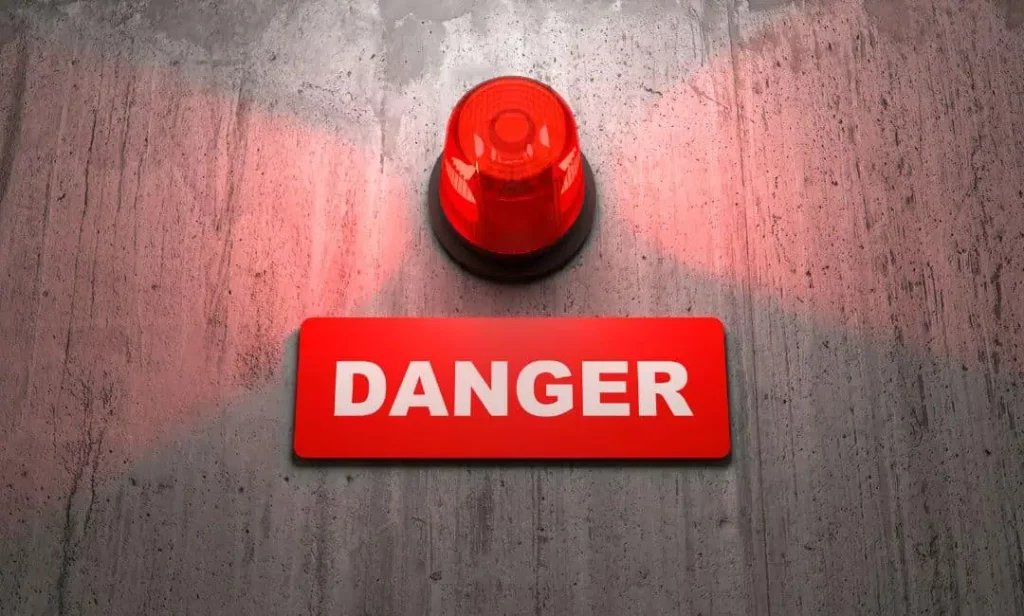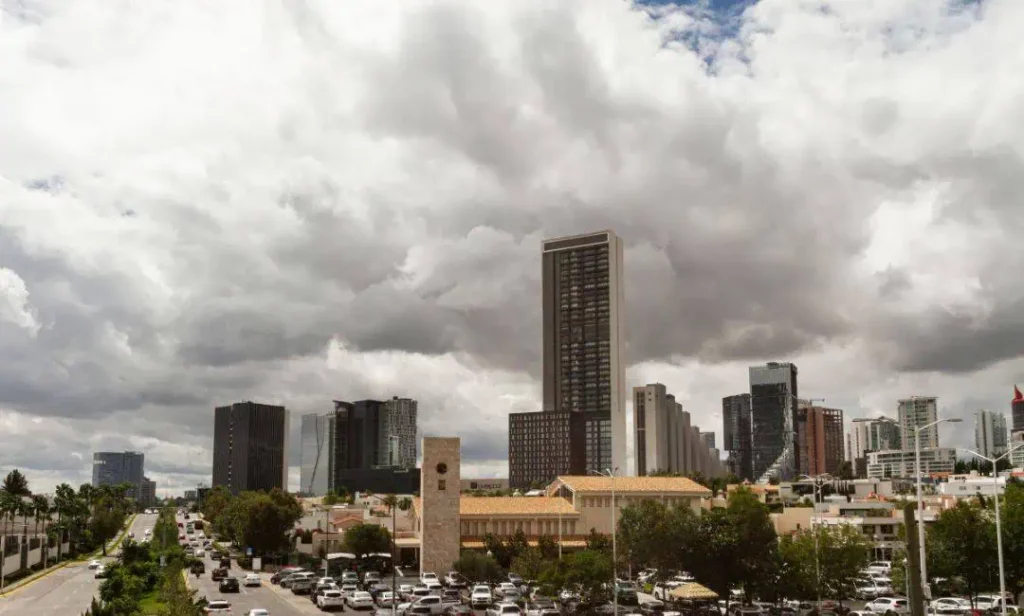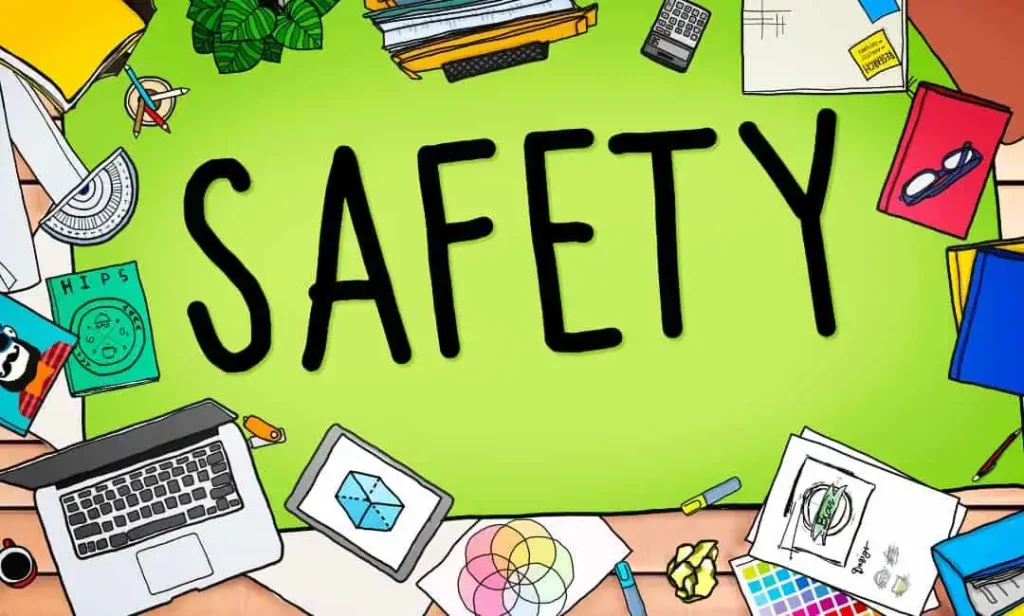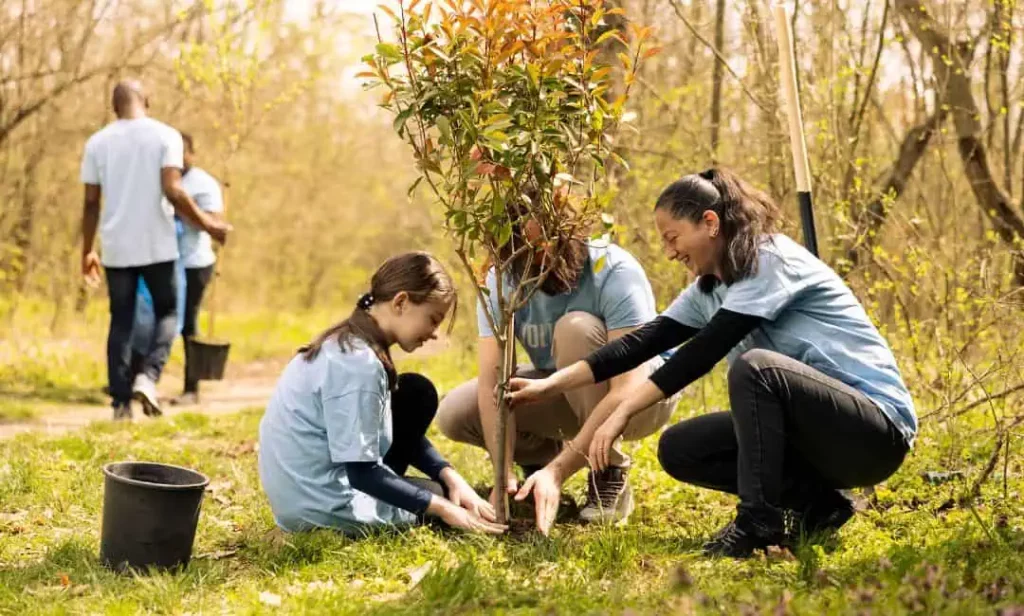
When you’re planning to move to a new place, safety should be your main concern. There are some dangerous neighbourhoods in Toronto with higher crime rates, so it’s good to know about them before making a decision.
When you think of Toronto, you probably picture the CN Tower, great food, and friendly people.
But like any big city, it has its rough patches. Some places look fine during the day but feel very different at night. As someone who’s walked these streets and talked to locals, I want to share what I’ve learned.
If you’re searching for a place to rent, buy, or just hang out with friends, knowing which areas are bad neighborhoods in Toronto can help you stay safe. We’ll talk about crime stats, personal safety tips, and what’s being done to improve things.
So, let’s dive in.
Toronto’s Most Dangerous Neighborhoods: A Ranked Overview
Understanding Toronto’s most dangerous neighborhoods is crucial for anyone planning to move or visit the city.
Toronto is generally known for its safety. However, some areas experience higher crime rates, which can affect residents and visitors alike.
1. Regent Park: Toronto’s Most Notorious Neighborhood
Crime Statistics:
- Violent Crime: 145% higher than the city average
- Shootings: 42 reported (2nd highest in Toronto)
- Break-ins: 92% more than average
Regent Park is a place you’ll often hear about when people talk about unsafe neighborhoods in Toronto. I’ve walked through it in the daytime, and while you’ll see lots of new buildings, some blocks still feel tense.
A Bit of History: This neighborhood started in the 1940s as Canada’s first public housing area. Over the years, poverty grew. With it came gangs, drugs, and violence.
What’s Changed: There’s been a huge $1 billion project to fix things. Over half of the old housing was torn down and replaced with mixed-income homes. There are now modern buildings, new schools, and parks. But the problems didn’t disappear overnight.
Current Issues: You might still see drug deals happening near Dundas and Sherbourne. Some gang violence continues. Even though things are better, it’s still a place to be cautious, especially at night.
2. Jane and Finch: Toronto’s Most Dangerous Intersection
Crime Stats:
- Homicides: 3 times higher than city average
- Robberies: 112% above the norm
- Gangs: Most active youth gangs in the city
When someone asks me, “What’s one of the most bad neighborhoods in Toronto?” — Jane and Finch is usually the first I mention.
Key Hotspots:
- Driftwood Ave (public housing area)
- Weston Road corridor
- Finch Avenue West (between Jane and Keele)
Why It’s Tough: About 42% of the people here live under the poverty line. Many are immigrants or people of color, often facing job challenges. That creates a tough environment.
What’s Being Done: There are more police on foot now. Cameras have been added since 2021. Youth programs are trying to keep kids out of gangs.
Still, I wouldn’t advise walking around here late unless you know the area well.
3. Malvern: Scarborough’s High-Crime Zone
Crime Hotspots:
- Neilson Road & McLevin Avenue
- Malvern Town Centre
- Tapscott Road apartments
I once attended a community BBQ in Malvern, and sadly, a shooting occurred not long after. It’s a reminder that crime here can happen even during the day.
Major Issues:
- Gang turf wars over drug sales
- Many car thefts
- Some public housing units are overcrowded
Who Lives Here: A large number of immigrants call Malvern home. High youth unemployment adds to the risk. The people are warm, but the area has challenges.
Check out the current Toronto real estate trends and gain insights into pricing, neighborhood growth, and investment opportunities.
Know Other High-Risk Toronto Neighborhoods

1. Moss Park: Downtown’s Most Dangerous Park
Moss Park may seem okay during the day. You’ll find shelters, community programs, and people going about their usual activities. But once night falls, this area turns into a very different place. It’s one of the dangerous neighborhoods in Toronto due to its nighttime safety issues.
Main Concerns:
- Open drug use is visible in certain parts of the park, which can lead to other risky situations.
- Needle injuries are a real threat, as discarded needles can be found in some areas.
- Stabbings continue to occur, increasing the growing concern in the area.
If you’re thinking of walking through Moss Park at night, it’s best to avoid it if possible. If you have to go, walk fast, stay alert, and keep your phone hidden—just in case.
2. St. James Town: Densely Packed, Dangerously Fragile
St. James Town is one of the bad neighborhoods in Toronto, and it’s hard to ignore. Thousands of people crowd into just a few city blocks, making it one of the most densely populated areas in the city.
While this density creates a unique vibe, it also leads to serious safety issues.
Safety Issues:
- Elevators in the high-rise buildings often feel unsafe, especially if you’re alone or at night. It’s an area where people don’t always feel comfortable.
- Old buildings in the neighborhood make it more prone to fires, which is a significant concern.
- Local emergency services are stretched thin due to the high number of residents. Police and medical teams can be slow to respond when things go wrong.
While St. James Town isn’t the worst place to live, you’ll need to stay alert and be cautious. The area has its share of problems, but with the right precautions, it’s manageable.
3. Weston-Mount Dennis: Trouble Brewing
Weston-Mount Dennis is a west-end neighborhood that’s slowly becoming one of the dangerous neighborhoods in Toronto. Crime here is on the rise, and while it’s not as bad as other neighborhoods like Regent Park or Jane-Finch yet, things are heading in that direction if the trend continues.
Emerging Problems:
- Car theft rings have become a big issue. It’s increasingly common for vehicles to be stolen in this area, especially at night.
- There are unsafe rooming houses, where conditions are poor, and safety is a major concern for tenants.
- Break-ins at construction sites have been reported, adding to the neighborhood’s list of crime concerns.
If you’re thinking about moving to this area or just passing through, be extra cautious, as things are slowly getting worse.
Discover the richest neighbourhoods in Toronto and find out what makes these communities the most desirable for luxury real estate buyers and investors.
Crime Trends Across Toronto Neighborhoods

1. Violent Crime Hotspots
Toronto continues to see higher-than-average violent crime rates in some neighborhoods. The table below highlights areas with significantly higher incidents of violent crime per 1,000 residents, along with the number of shootings reported in the below table.
These neighborhoods stand out for their elevated crime statistics, making them important for anyone concerned about safety in the city.
| Neighborhood | Assaults per 1,000 | Shootings |
| Regent Park | 18.7 | 38 |
| Jane-Finch | 16.2 | 42 |
| Malvern | 14.9 | 29 |
| City Average | 6.1 | 9 |
These figures underscore the persistent safety concerns in these areas. Residents and real estate experts often advise caution when considering these neighborhoods.
2. Property Crime Comparison
Property crimes, including break-ins and auto thefts, remain significant issues in several Toronto neighborhoods. The table below compares the number of break-ins and auto thefts reported in below table:
| Area | Break-Ins | Auto Thefts |
| Moss Park | 412 | 288 |
| St. James Town | 387 | 201 |
| Kingston-Galloway | 359 | 312 |
These statistics highlight the elevated risk of property crimes in these areas. Residents and visitors should take extra precautions, such as securing their vehicles and homes. It’s also important to stay informed about local safety initiatives to help reduce risks.
Curious about where to grow your real estate career? We are listed as the top real estate brokerages in Canada to help you find the best support, training, and brand reputation.
Safety Tips for Dangerous Toronto Neighborhoods

While Toronto is generally a safe city, certain neighborhoods experience higher crime rates, making it crucial to stay vigilant.
Here are some expanded safety tips for residents and visitors, which can help you reduce risks and protect yourself, your property, and your vehicle.
1 Walking Safely
When walking through neighborhoods with higher crime rates, being mindful of your surroundings is key. Here are some ways to stay safe from dangerous neighborhoods in Toronto:
- Avoid Flashy Jewelry: Expensive jewelry can attract unwanted attention. Keep it simple and avoid wearing anything that could make you a target.
- Stay in Well-Lit Areas: Stick to streets with good lighting, especially after dark. Well-lit areas are not only safer but also make it easier for others to spot if you need help.
- Walk with Purpose: Walk as if you know exactly where you’re going. Avoid looking lost or distracted by your phone, as this can make you an easier target for theft or harassment.
2 Apartment Safety
If you live in or are visiting an apartment in a high-risk area, here are some practical steps to enhance your security:
- Add a Second Lock: Consider installing a deadbolt or a secondary lock on your apartment door. This extra layer of security can make it harder for intruders to break in.
- Don’t Buzz in Strangers: Be cautious when answering the door or allowing access to building entry points. Never buzz in someone you don’t know, especially if you haven’t arranged for them to visit.
- Use Package Lockers: Package theft is a growing problem. Opt for a secure package locker or arrange for deliveries to be made when you’re home, so they’re not left out in the open.
3 Vehicle Protection
When parking in neighborhoods with a higher likelihood of car theft or break-ins, follow these steps to keep your vehicle safe:
- Steering Wheel Lock: Installing a visible steering wheel lock can act as a deterrent. It makes your car less appealing to thieves looking for an easy target.
- Park in Secure Areas: Always park in well-lit areas with good visibility. If possible, park in lots or streets that have security cameras or an active security presence.
- Don’t Leave Valuables in the Car: Never leave valuables like bags, electronics, or even loose change visible in your car. If you must leave items in your vehicle, store them in the trunk to keep them out of sight.
These tips to avoid bad neighborhoods in Toronto may seem simple, but they can go a long way in preventing theft, break-ins, or other criminal activity.
Curious about income potential? Discover how much do real estate agents make and what factors affect earnings. Learn more to plan your real estate career with confidence and clear expectations.
Explore Neighborhood Revitalization Efforts

Many Toronto neighborhoods once known for high crime rates are now actively working to improve.
Communities are launching revitalization projects that add better housing, local programs, and safer public spaces.
Areas like Regent Park and Jane-Finch, once labeled as dangerous neighborhoods in Toronto, are now showing real signs of progress.
1. Regent Park: A Model for Change
People once associated Regent Park with crime and poverty. It often showed up on lists of unsafe neighborhoods in Toronto. But in the last ten years, things have started to turn around.
- Over $1.2 billion has been spent on rebuilding the area. This includes new mixed-income housing, parks, and shops.
- A new police station has improved safety by boosting police presence and response times.
- Community events and art programs, like murals, concerts, and youth workshops, are helping bring people together and create a stronger sense of community.
Regent Park still faces challenges, but it’s no longer popular for its past. It’s becoming a great example of how investment and local support can turn a neighborhood around.
2. Jane-Finch: Hope for the Future
Jane-Finch is another neighborhood that has struggled with crime, but it’s also changing for the better.
- Job programs for young people are giving teens and young adults new opportunities and helping reduce crime by keeping them engaged and employed.
- City planners redesigned the streets and public spaces with wider sidewalks, better lighting, and safer crossings to make the area feel more secure.
- Community crisis teams are now in place to respond to mental health or domestic issues. Community response teams handle issues early, reducing the need to call the police. This approach helps build trust within the neighborhood.
Explore the best areas to live in Toronto for families, young professionals, and retirees. Learn which neighborhoods offer top schools, amenities, and easy access to transit for a convenient lifestyle.
Conclusion: Is Toronto Dangerous?
The truth is, Toronto is mostly a safe city. Around 90% of its neighborhoods are peaceful, welcoming, and great places to live, work, and raise a family.
While certain areas do experience higher crime rates and deserve caution, they don’t define the entire city.
In many cases, crimes occur between people who know each other, and it’s rare for random acts of violence to affect everyday residents.
If you’re planning to move or visit, take some time to research the area. Check crime maps, visit neighborhoods during the day, and speak with locals or real estate agents who know the area well. A little awareness goes a long way in making smart, safe choices.
Start your career with a top-performing real estate agency in Toronto. We offer mentorship, tools, and growth opportunities. Take the first step toward real estate success today!






